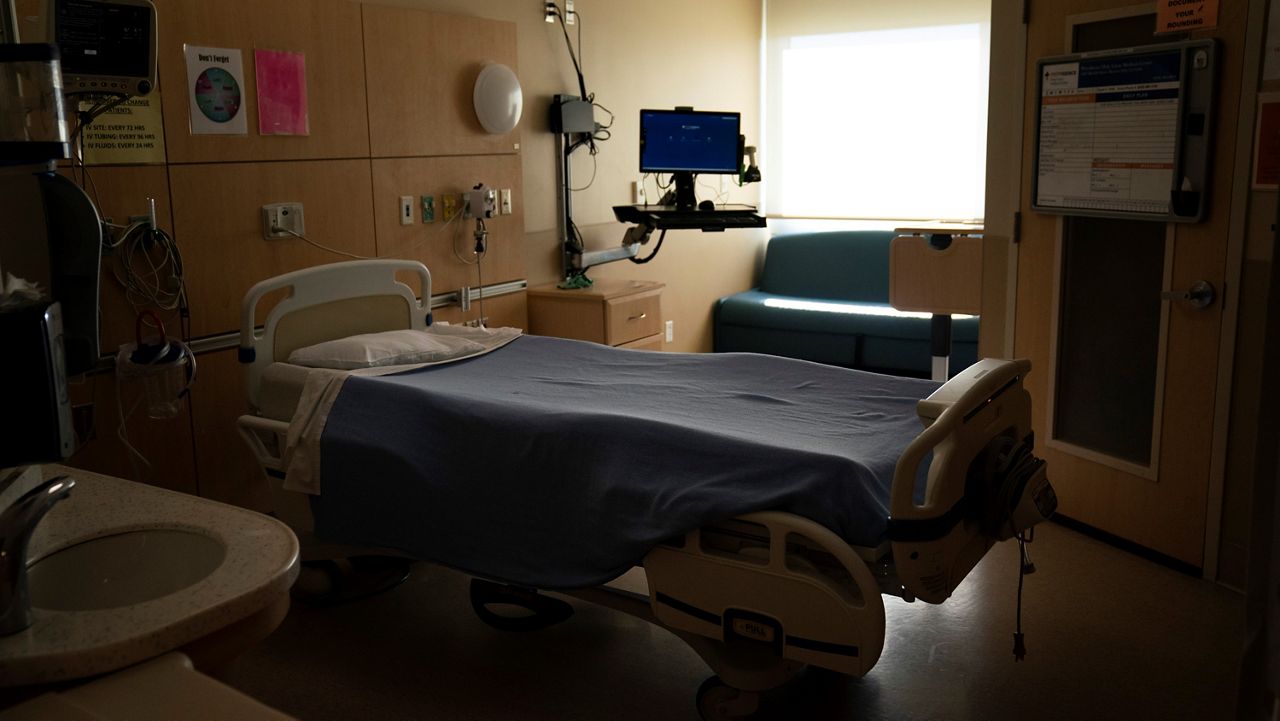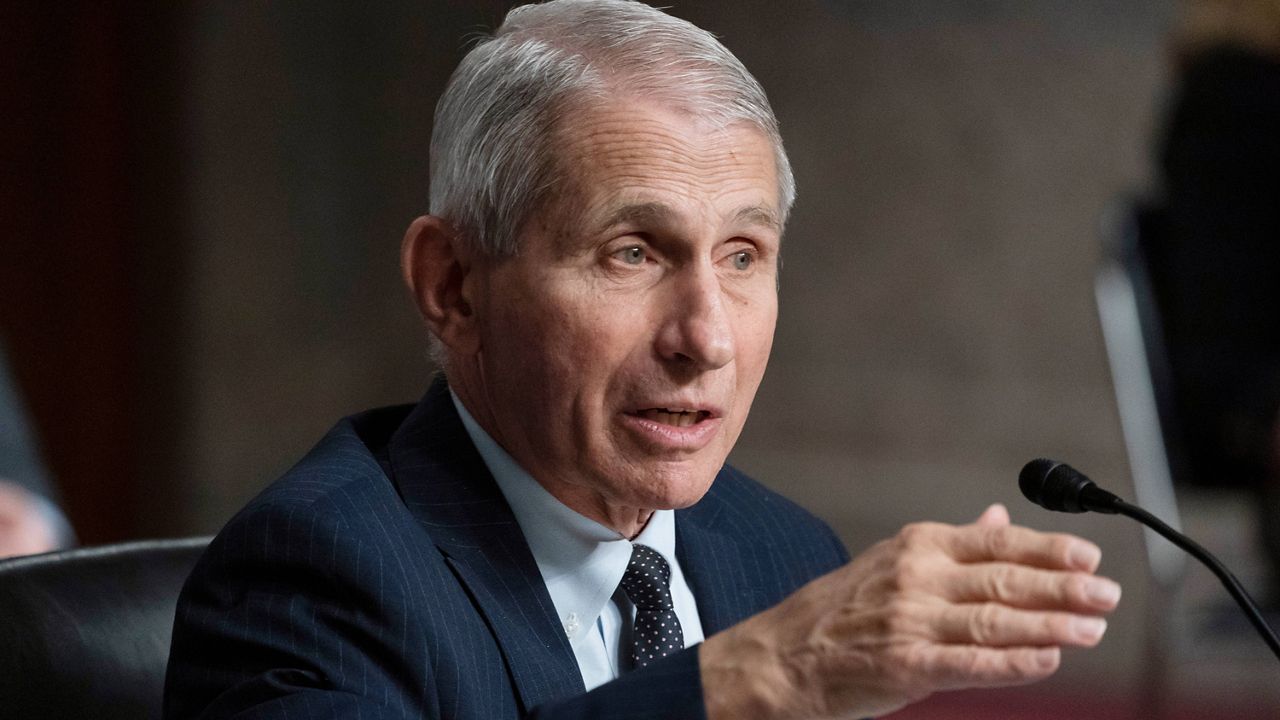LIMA, Ohio — Health officials in Lima and surrounding the communities are urging residents to take precautionary measures as the flu continues to take a toll on hospital systems.
“As we are seeing exceptionally high cases of Influenza A and other respiratory illnesses, it’s crucial for residents to take flu symptoms seriously and seek care at the appropriate level so we are able to continue delivering the right level of care at the right time, without overloading our systems,” said Dr. Matt Owens, chief clinical officer of Mercy Health - Lima. “While we are experiencing record numbers of patients across our emergency departments, urgent cares, and primary care offices, we remain committed to providing the absolute best care for our community. We appreciate your patience as you may experience longer than usual wait times during peak season.”
Currently, the Ohio Department of Health has the state's flu spread rated as "very high." For the northwest Ohio region, there have been nearly 300 hospitalizations so far this winter. Across the state, hospitalizations, emergency room visits, and outpatient visits have increased over the last few weeks, according to ODH. The data shows this year's hospitalizations and ER visits have surpassed the five-year average as well for this time of the season.
“By working together, we can reduce the strain on emergency services and ensure that everyone receives timely and effective treatment,” said Dr. Susan Kaufman, vice president and chief medical officer, Lima Memorial Health System. “With a significant increase in patients, our health care teams are working tirelessly to meet the growing demand. We encourage the community to seek the appropriate level of care to help us manage resources effectively and continue providing high-quality care for all.”
To help prevent strain on hospitals, health officials said this is when to seek medical care:
- "For mild flu symptoms, such as fever, cough, congestion, and body aches, residents are encouraged to contact their primary care provider, visit an urgent care center, or use virtual care services.
- For severe symptoms, including difficulty breathing, persistent chest pain, confusion, or high fever that does not respond to medication, individuals should seek immediate care at an emergency department.
- High-risk individuals, such as young children, older adults, pregnant women, and those with underlying health conditions, should consult with their health care provider at the first sign of illness."
As for preventative measures, here's some guidance:
- Receive the annual flu shot
- Wash hands frequently and take advantage of sanitizer stations
- Stay home from school, work or crowds when sick
- If you have flu-like symptoms, refrain from visiting loved ones in hospitals or long-term care facilities
- Consider masking even if you have some symptoms
For more information, click here.










